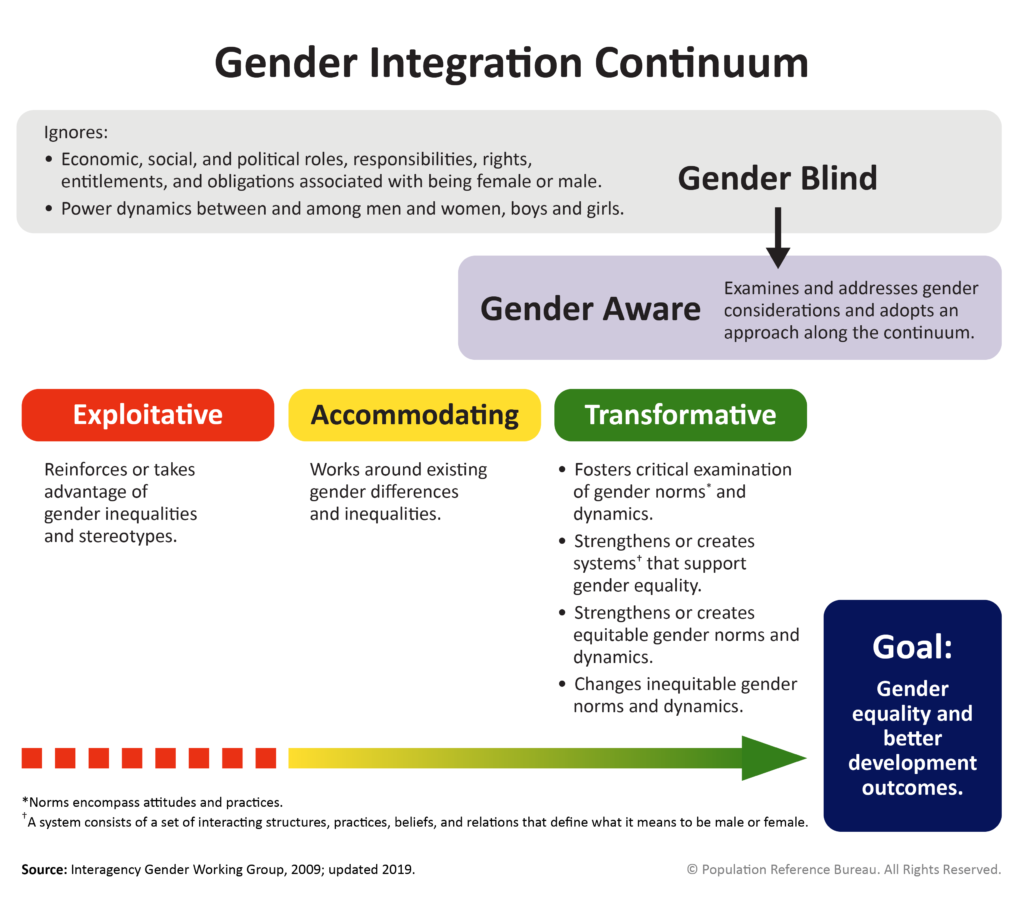Voices to End Female Genital Mutilation/Cutting Podcast
As part of the 2023 16 Days of Activism Against Gender-Based Violence campaign, the Voices to End FGM/C project has launched a podcast series. The initial episodes of this podcast series lay the groundwork for an exploration of some of the complex familial, cultural, and political contexts of FGM/C. Some episodes bring in guests who have acted in their capacity as partners, therapists, public health professionals, and elected officials to speak out against FGM/C.


